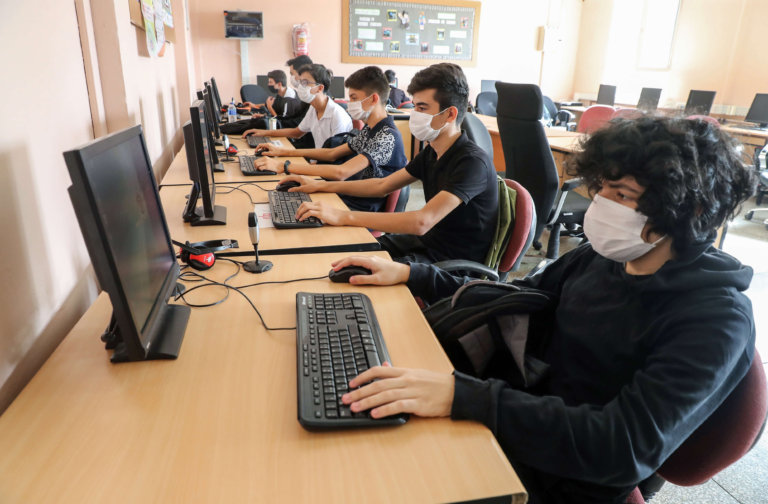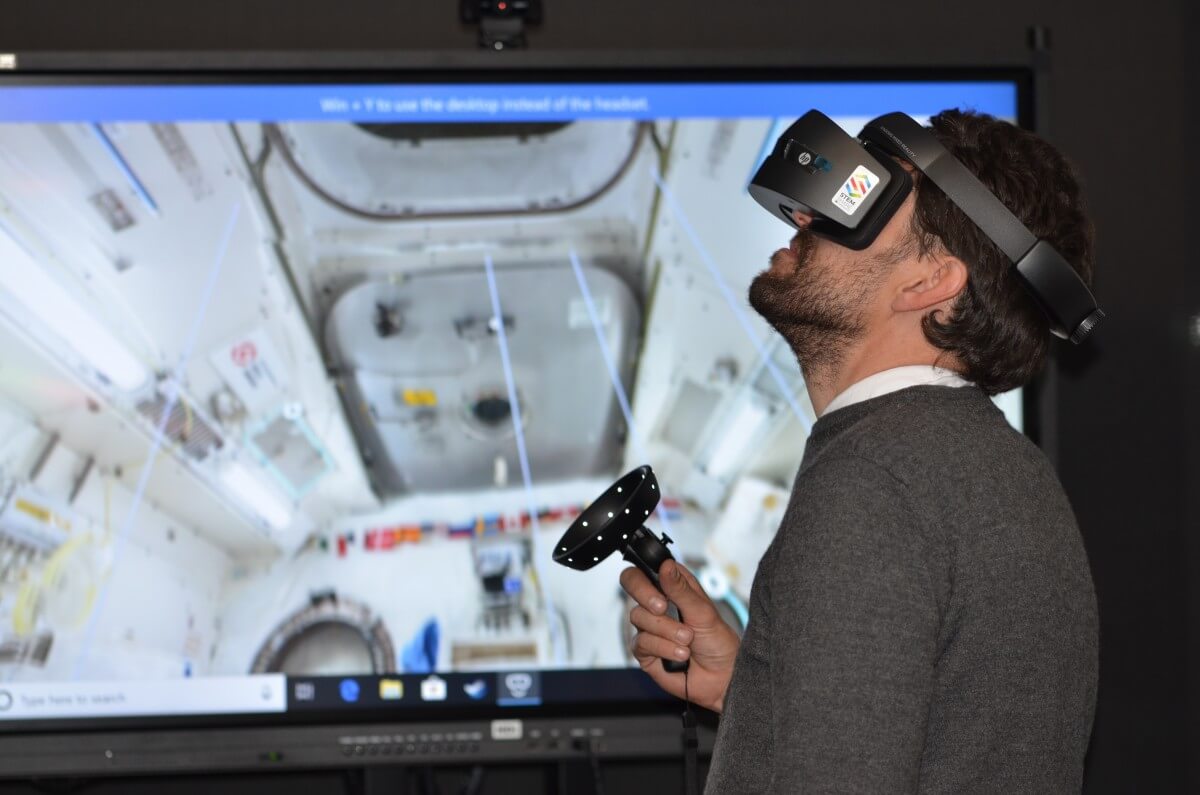
COVID-19 has not just changed the way students are educated: it has ultimately forced education technology (EdTech) to up its game quickly. Technology in the classroom has always been a benefit to education, enabling personalised, mastery-based learning, saving time for teachers and equipping students with the digital skills they will definitely be needing in the 21st century.
In light of the pandemic, thousands of schools and millions of teachers and learners have had to switch to remote classes almost overnight. Thankfully, EdTech has made things easier, replacing traditional paper-and-pen teaching methods for the better.
The changes EdTech has brought forth will continue to influence classroom teaching. As schools and universities prepare for a full return to schools, many are wondering which of these changes should play a greater role in student learning beyond the immediate crisis. With that being said, here are some of the most significant EdTech trends that will transform the way learning is facilitated in 2021:
Internet of Things (IOT)
This term is used to define physical items connected to the world wide web and expected to replace traditional chalk, blackboard, pens and paper in the classroom. Nowadays, all you need is a smartphone connected to the internet to access millions of e-books and other online educational resources.
Phones, tablets and computers can all be used to enable better communication between students and professors. Futuristic technology solutions are represented by interactive displays, like in Promethean, learning environments, seen with Blackboard, and campus tools like Magicard, among many others.
Artificial intelligence (AI) and machine learning (ML)
AI can easily be utilised to transform components like testing and grading. Automated algorithms can save time by checking assignments faster than it takes for any human. Examples include plagiarism checkers used by educational institutions, AI writing assistants, writing apps and platforms like customised dissertation writing services.
EdTech AI solutions can also be used to identify the main problems and obstacles students face while learning, systemise them, and help improve their education ecosystem. Customisation has become an important educational trend, and this is where ML solutions will save time and improve the efficiency of education.

A criminal justice class at UNLV where students were allowed to choose how they would attend, either in person or online. Source: Ethan Miller/Getty Images/AFP
Blockchain
Within the education sector, blockchain can be used to issue diplomas. Credentials stored on a blockchain represent a more viable and ecological alternative to paper copies of a diploma.
It is also a time-saving solution, enabling graduates to send their potential employers a link that will allow them to quickly review the candidate’s qualification. Digital blockchain-based documents will also prevent candidates from submitting fake degrees.
Big Data
A study conducted by the Center for Digital Education among higher education professors shows that the main benefits of big data analysis in education would be the monitoring and prediction of a student’s performance (69%), increase in the graduation rate (61%), and real-time adjustment of school curricula (47%).
The study also found that 44% of professors also consider big data to be an essential tool for measuring the institutional performance of the establishment, while 22% believe that regular scans can uncover possible flaws in the administration.
Robotics
In education, robots and artificial intelligence applications are helping to design more flexible teaching and learning systems that will benefit all students but especially those with physical, sensory or mental disabilities.
For example, “smart” personal assistants such as Siri by Apple, which can be used on every one of the brand’s devices, help students accomplish many tasks by voice command. This will be especially useful for learners who have trouble seeing their screens or typing on their keyboards.










